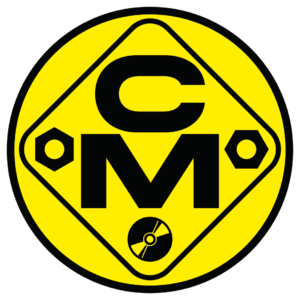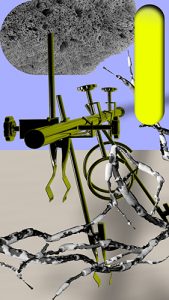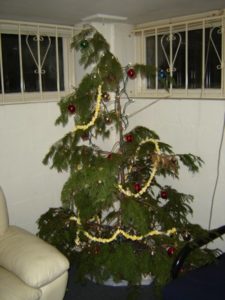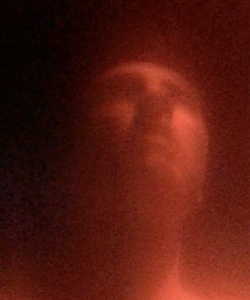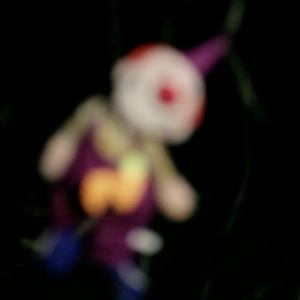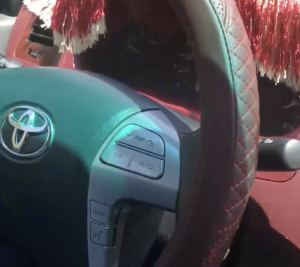“I think what connects them musically is having a sense of disrespect towards traditional tempos and structures within club music” say Daniel Iinatti and Anna Sagström of collaborative project Country Music when asked about their sound, and the selection process behind what is both a varied yet distinct style. Launching their website (designed by Per Törnberg and with concept by Julia Novitch and Anna Sagström) today via AQNB, the online space creates a platform for producers to contribute within a frame of 8:00 minutes.

The project’s roots began in 2015, both Sagström and Iinatti describe being from ‘small decaying towns’ and working in manual labour and factory type jobs inspiring their interest in how music can be a transgressive force in escaping this kind of deadening work, stagnating potential or limiting geography or position.
A combination of friends, extended networks and people they have been following for some time, the artists selected are in one way or another on the edge or outskirt of their fields, with contributions so far featuring Nkisi, Malykh, Osheyak, Estoc, Oxhy, Swedish Lento Factory and HAJ300. The label describes itself as “dedicated to the (so called, or self defined) periphery and (club) music outside of the megalopolitan,” where speed and tempo become tools through which to explore “material desires and failures, post-industrial economies and workaday workings in a Full Geography.”
In a conversation about the intent and desires of the label and organisation, Country Music talk to us about expressions of aggression as resistance and the ways in which high tempo music can function for partying or crying, personal or structural – as well as the draw towards the bedroom producer, a discussion about privilege of access and existing in the wake of velocity and creating a project that asks, “What could a new music of the land sound like?”
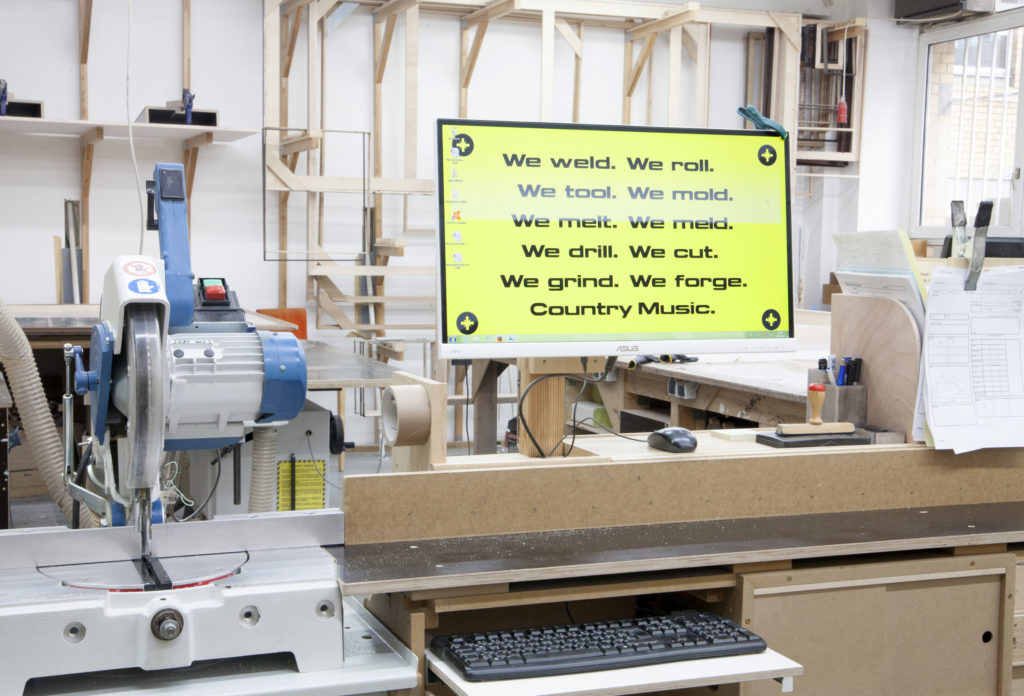
** What is the story behind your name?
Country Music: The name County Music is more recent and came to mind when walking home from a workshop job one evening last winter exhausted from physical strain and lack of sleep and randomly putting on alt-country artist Margo Price’s ‘Hands of Time‘ from her album Midwest Farmer’s Daughter. It hit me how strange it is that country music has some kind of precedence on emotional expressions of hardship, whether it is financial, mental or physical struggle or just frustration with the globalist and capitalist organization of work and life. What could a new music of the land sound like? We’re also interested in thinking what periphery can mean today, when information and logistical networks are undermining the authority of territorial geography in favour of a hegemony of movement, time and privileges of access.
** Can you explain a little bit of what you mean by the project being “(so called, or self defined) periphery and (club) music outside of the megalopolitan”?
CM: We think a lot about existing in the wake of velocity, on the outside of whatever spinning centre: occupying a secondary or marginal position with limited control over one’s time and means because of race, gender, citizenship, class or sexuality. We are both drawn to the bedroom producer in a small town somewhere far outside any kind of international club-circuit making high energy club music. For whom is she producing, what is her inspiration and how is this being explored when the club floor isn’t the music’s first or primary destination?
Several of our producers have grown up in areas that can be described as less privileged or belonging to the countryside, and have either chosen to stay or to relocate to city networks, and often the music they have made for us comes from thinking back to those places. But rather than approaching it with sentimentality or recalling the past we wish to pick up the anger and frustration in living through failed regional politics and exploitative capitalist structures. We are drawn to the energy in high tempo hard music and expressions of aggression as resistance.
** Does this concern with ‘post-industrial economies’ have something to do with this format for hosting and sharing music?
CM: We do think a lot about how the music is hosted and shared, but more important to us is how and where it is being consumed. For example, we talk a lot about making music for work, but at the same time about making music that inspires the abolition of work. All of our releases are 8.00 minutes long as a nod to the compressed standardized workday, and our artists can choose to use that fixed amount of time however they wish: fill it to the brim, split it into sections or fill it with silence. At the core of our motivations driving the project is the understanding that high intensity club music is not just for the club, it can accompany you to sleep when you’re too wired up to relax to anything else, to get you out of bed in the morning, to keep you up for night shifts, or to fight off the depression of being stuck in a state of regress – either personal or structural — to party to, to cry to.
** What are your thoughts on music as a market and its increased corporatisation as a result of the digitisation of music? It could be argued the break down of music culture as an industry is leading to more artists depending on institutional support. Do you have any thoughts on that given your interest in economies?
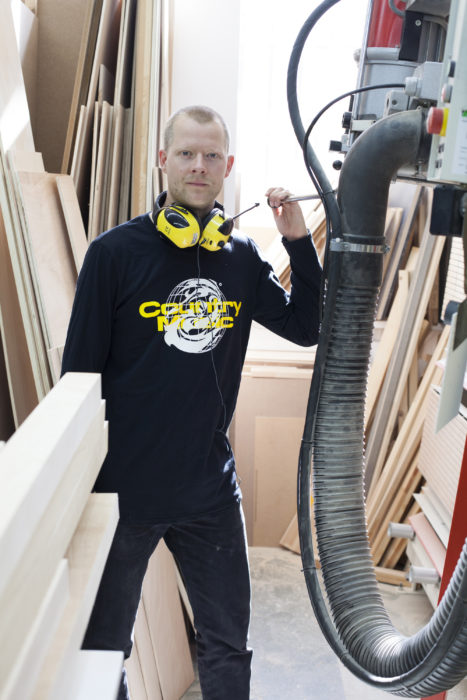
CM: We toy around with a quite corporate conglomeratic aesthetic (inspired by the milieus we find ourselves in on a day to day basis, mirroring a perverse branded everyday) but generally believe in demolishing of corporate structures and decentralisation of capital and power. Rather than functioning like a clear-cut label – alongside the music – we also release text works in a wide range of formats such as immersive speed reading screens at our parties, printed texts and audio versions for accessibility when your hands and eyes are occupied. We strongly believe in networks and collaboration, and want all expressions of formats to blend into and influence each other, but we also think pragmatically about defying categorization: we have applied for art funding and used that towards music releases, and made parties to fund text releases.
** What is the thinking behind the format of sharing music this way?
CM: We want to have a space that’s just ours: where all formats and tempos and thoughts and impressions blend into each other. We talked a lot about the ‘workshop’ as an inspiration for the site: a multifunctional space with lots of different tools and simultaneous activities that transform over the course of the day. We also included a section of images in collaboration with photographers Viktor Fordell and Ari King taken at Anna’s former workshop work and in rural Finland – some of our closest and most familiar environments. They also serve as the context for a few selected Country Music items – tools we use in our everyday in work and leisure: day and night, to the sound of Country Music.**


